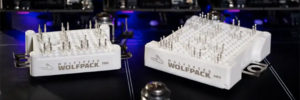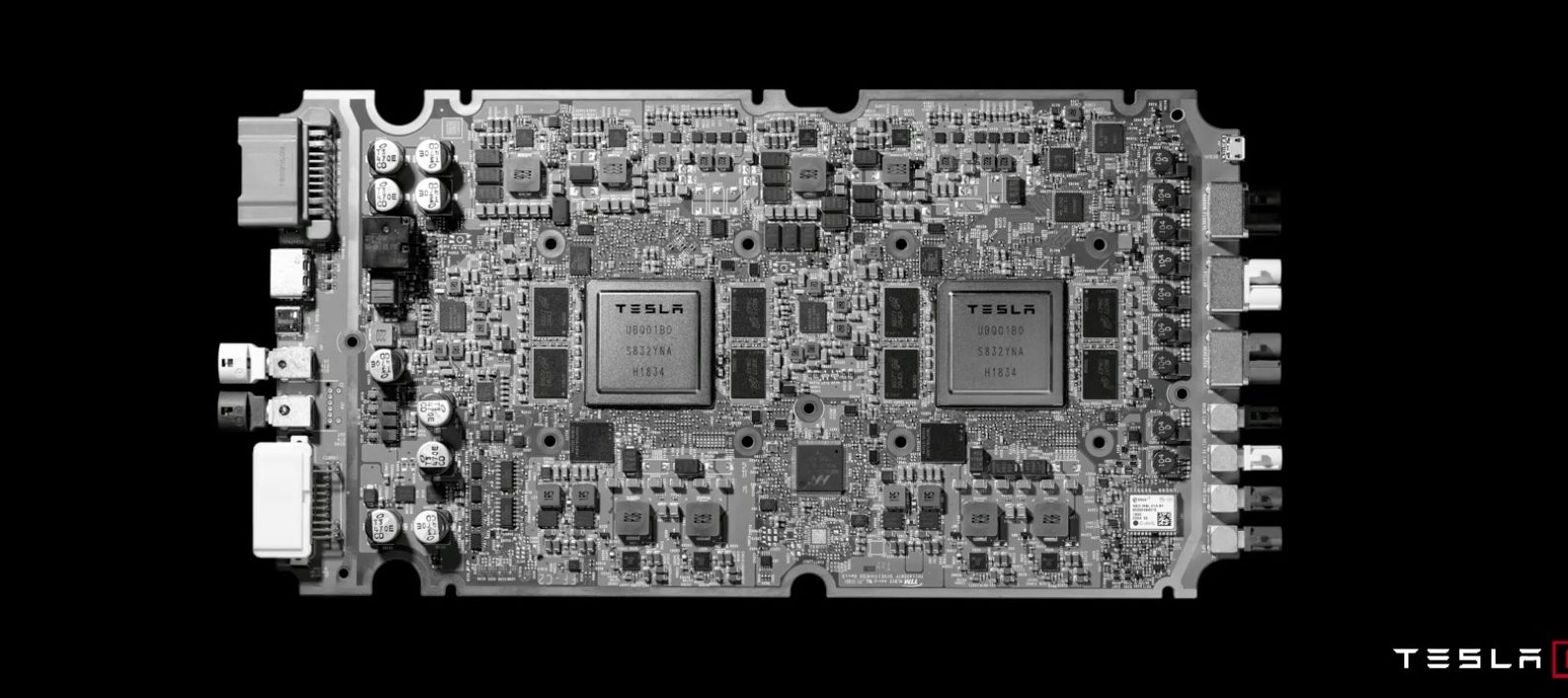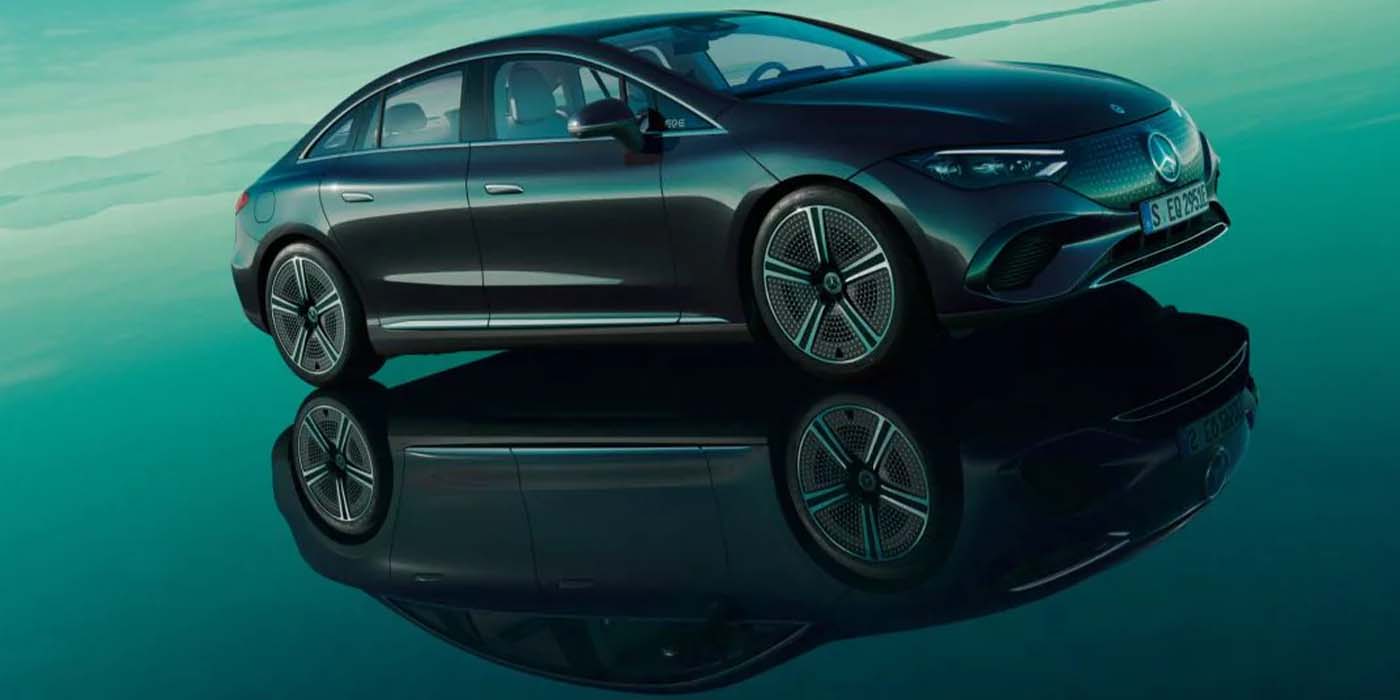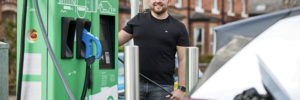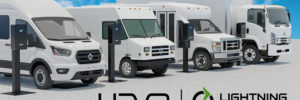
Commercial vehicle manufacturer Lightning eMotors and wireless charging specialist HEVO are collaborating on a program to demonstrate wireless charging of Lightning’s fleet vehicles.
After an initial integration phase, the two companies will test HEVO’s Rezonant E8 wireless charging technology on a ZEV3 platform at Lightning’s Loveland, Colorado headquarters. The demo vehicle will then be showcased to Lightning and HEVO fleet customers throughout North America. It’s scheduled to be available in Q1 of 2023.
The 8 kW Rezonant E8 system is “a cost-effective solution for overnight charging requirements common to commercial fleets. The technology has a very limited weight penalty compared to other wireless charging solutions, thus retaining GVWR for additional passengers and cargo, and is compliant with UL and SAE safety, performance and interoperability standards for wireless charging.”
The system is available with charging power options of 11 kW, 25 kW, 50 kW, and 100-300 kW.
Wireless charging is not just for convenience—it offers a number of benefits to fleet operators, as HEVO founder and CEO Jeremy McCool explains. “Busy drivers can forget to plug in, potentially creating the need for charging attendants. Cords can create a variety of operational challenges, including OSHA and union safety concerns associated with wired devices. We believe this collaboration will establish the industry standard for charging EV fleets and provide a complete solution to customers seeking a wireless charging experience.”
“We are excited to be first to market with medium-duty production vehicles equipped with wireless charging,” said Lightning eMotors co-founder and CEO Tim Reeser. “Lightning has deployed hundreds of commercial electric vehicles with fleets throughout North America and we understand that any opportunity to cost-effectively simplify EV operations for our customers is a win for everyone.”
Source: Lightning eMotors
Source: Electric Vehicles Magazine



